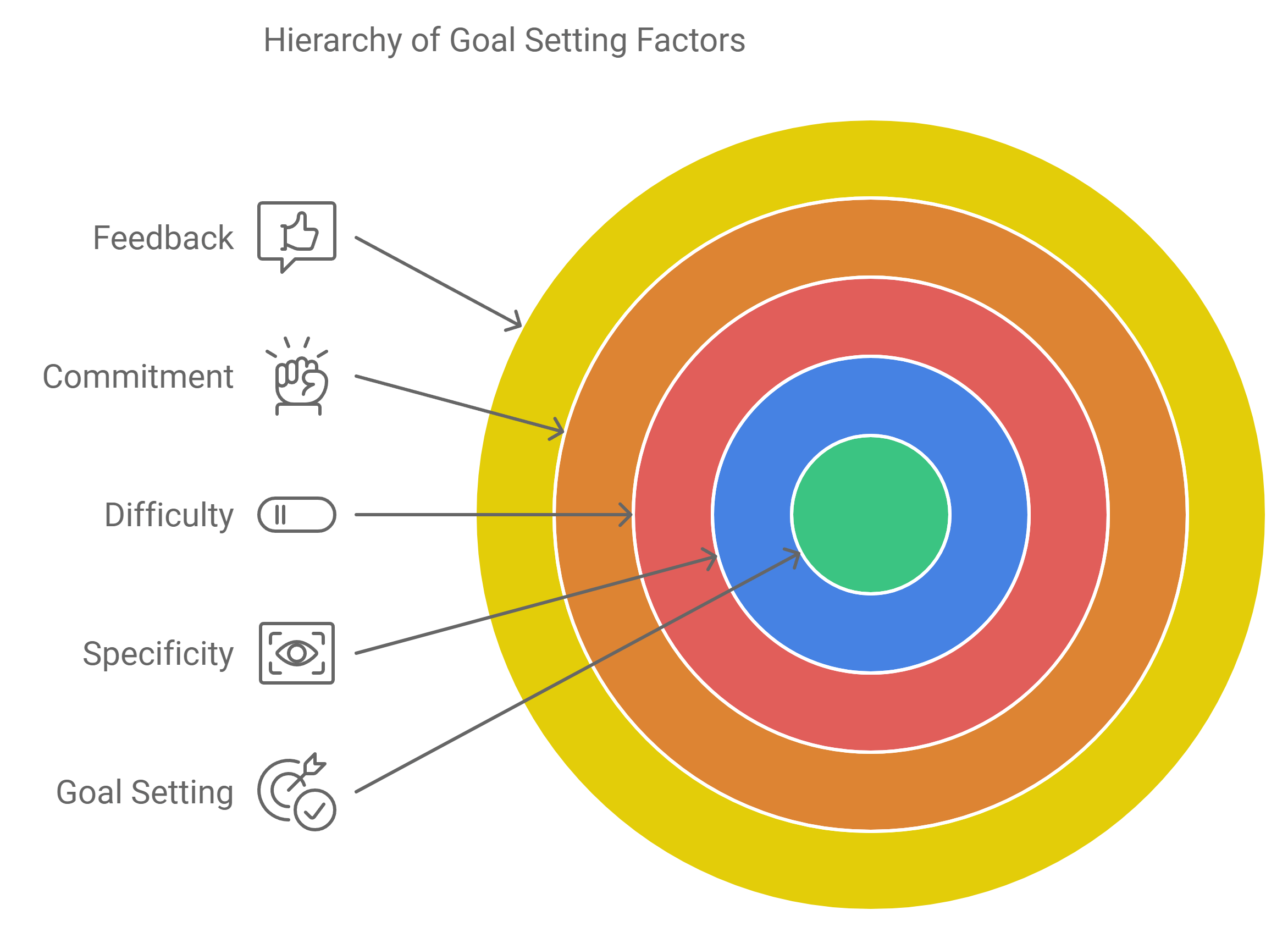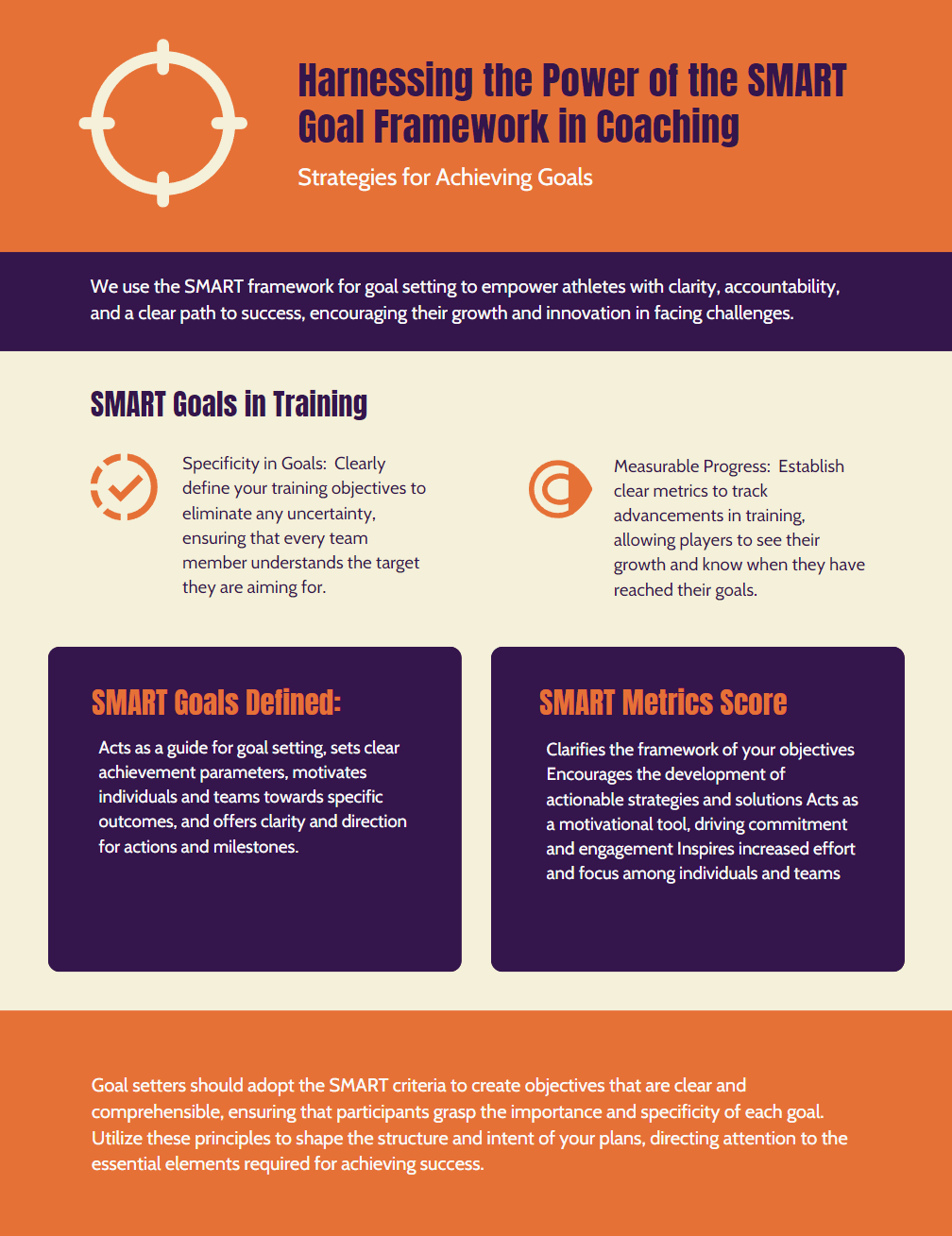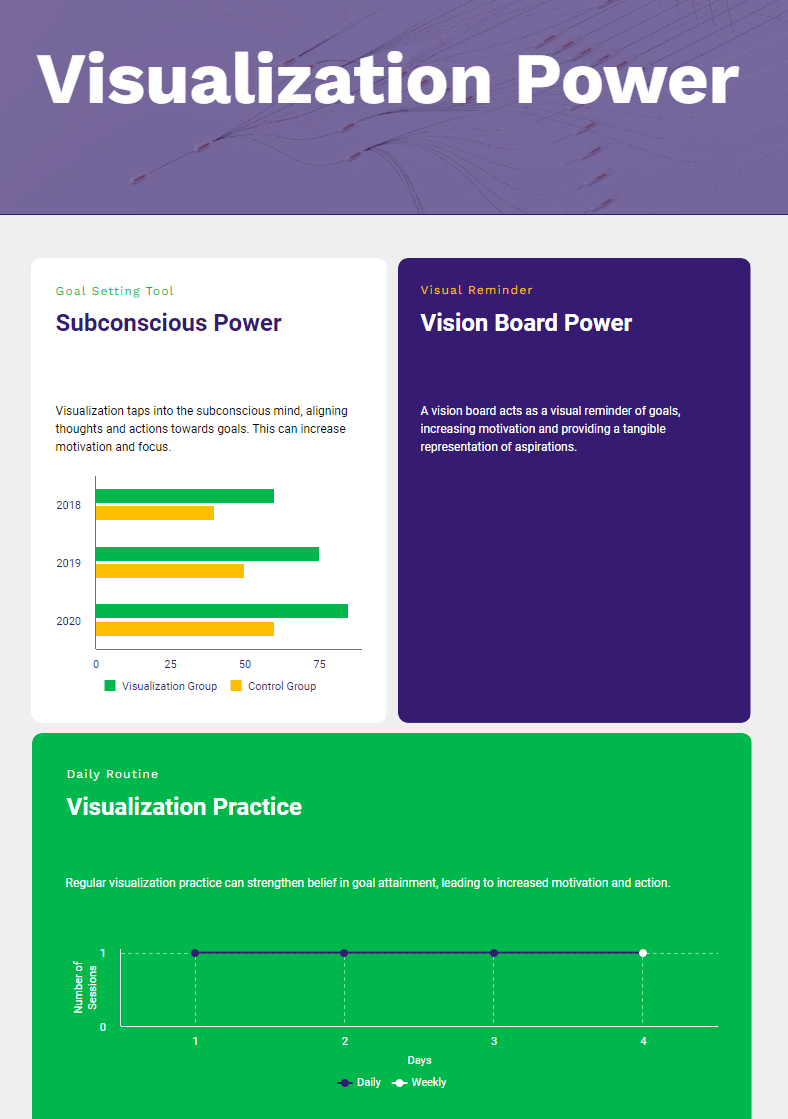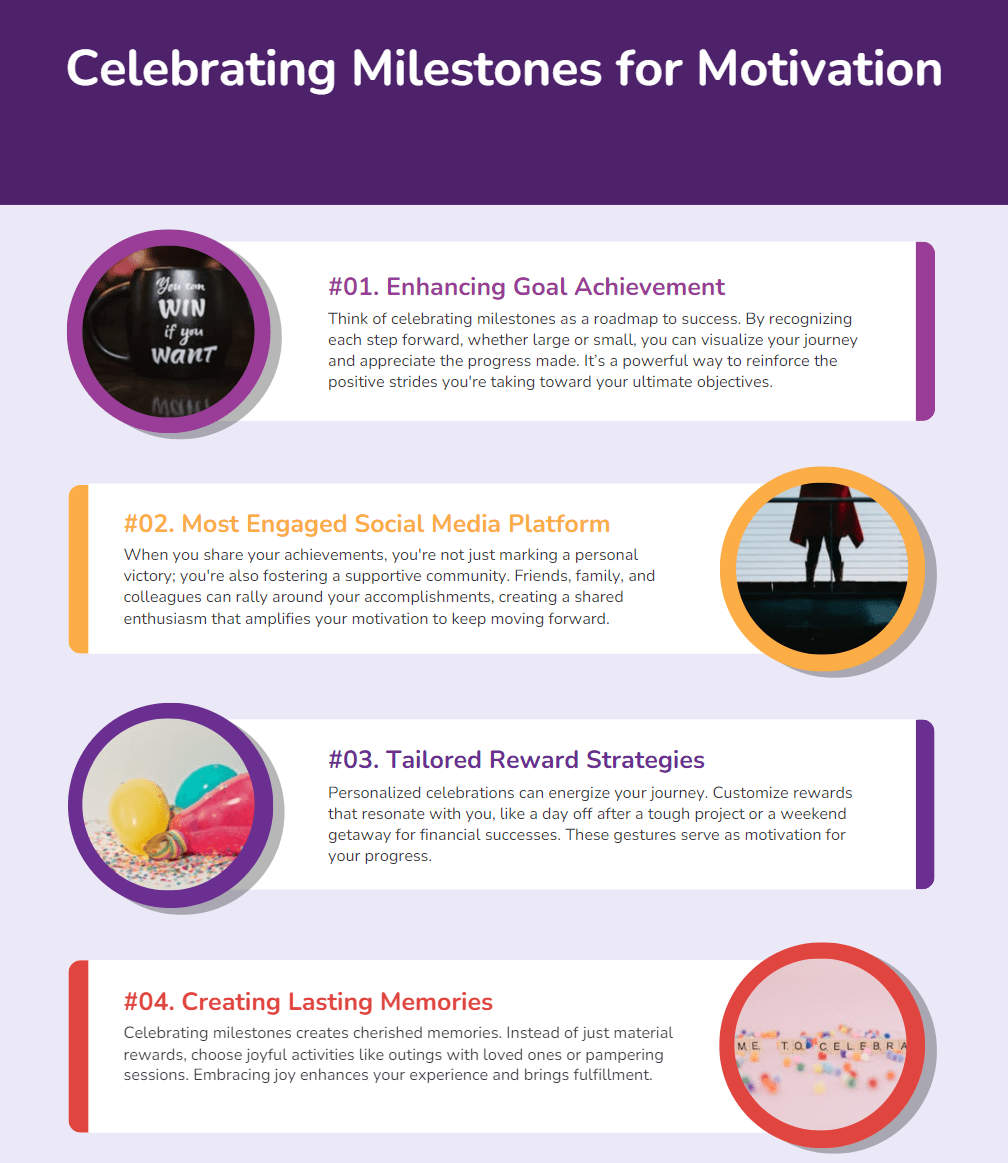Unlock your full potential with these 7 powerful goal-setting secrets. Learn how to define clear objectives, create actionable plans, and stay motivated on your journey to success. From visualizing your goals to embracing accountability, these strategies will help you overcome obstacles and achieve your dreams. Whether you’re aiming for personal growth or professional advancement, mastering these techniques will transform your approach to goal-setting and propel you towards your desired outcomes.
Goal-setting is a crucial skill that can dramatically improve your chances of success in both personal and professional endeavors. By implementing these seven powerful secrets, you’ll be able to harness your full potential and turn your aspirations into reality. From crafting SMART goals to developing resilience in the face of setbacks, these strategies will equip you with the tools you need to navigate challenges and stay focused on your objectives. Embrace these techniques, and watch as your productivity soars and your dreams become achievable milestones.
Understanding the Psychology of Goal Setting
Delving into the intricate world of goal setting requires a deep understanding of the psychological mechanisms at play. At its core, goal setting is a cognitive process that taps into our innate desire for growth and achievement, serving as a powerful motivator for human behavior. By comprehending the psychological underpinnings of this process, we can harness its full potential to drive personal and professional success.
The foundation of effective goal setting lies in our brain’s reward system, which releases dopamine when we anticipate and achieve our objectives. This neurochemical response reinforces goal-oriented behavior, creating a positive feedback loop that encourages us to set and pursue increasingly challenging goals. Moreover, the act of setting goals activates the prefrontal cortex, the area of the brain responsible for planning and decision-making, thereby enhancing our cognitive abilities and focus.
Research in cognitive psychology has identified several key factors that influence the effectiveness of goal setting:
- Specificity: Clear, well-defined goals are more likely to be achieved than vague aspirations.
- Difficulty: Challenging yet attainable goals lead to higher performance compared to easy or overly difficult ones.
- Commitment: The level of dedication to a goal significantly impacts the likelihood of success.
- Feedback: Regular progress updates and constructive feedback enhance goal attainment.
Understanding these psychological principles allows us to tailor our goal setting strategies for maximum effectiveness. For instance, by breaking down large, complex goals into smaller, manageable tasks, we can leverage the concept of ‘small wins’ to maintain motivation and momentum. This approach aligns with the psychological phenomenon known as the ‘progress principle,’ which states that making consistent progress, no matter how small, is crucial for maintaining engagement and satisfaction in goal pursuit.

The SMART Goal Framework: A Game-Changer
When it comes to effective goal setting, the SMART framework has revolutionized the way individuals and organizations approach their objectives. This powerful acronym stands for Specific, Measurable, Achievable, Relevant, and Time-bound, providing a structured approach to crafting goals that are not only clear but also attainable. By implementing the SMART criteria, you can transform vague aspirations into concrete, actionable plans that significantly increase your chances of success.
Let’s break down each component of the SMART framework to understand its game-changing potential:
- Specific: Your goals should be well-defined and clear, leaving no room for ambiguity.
- Measurable: Establish concrete criteria for measuring progress and determining when the goal has been achieved.
- Achievable: Ensure that your goals are realistic and attainable, given your current resources and constraints.
- Relevant: Align your goals with your broader objectives and long-term vision.
- Time-bound: Set a specific timeframe for accomplishing your goals to create a sense of urgency and focus.
By applying the SMART framework to your goal setting process, you create a roadmap for success that is both practical and inspiring. This approach not only clarifies your objectives but also helps you stay motivated and accountable throughout your journey.

Harnessing the Power of Visualization
Harnessing the power of visualization is a crucial component in effective goal setting that can significantly enhance your ability to achieve your dreams. By creating vivid mental images of your desired outcomes, you can tap into the incredible potential of your subconscious mind and align your actions with your aspirations. This powerful technique has been utilized by successful individuals across various fields, from elite athletes to business moguls, as a means to manifest their goals and overcome obstacles along the way.
To fully harness the power of visualization in your goal setting journey, it’s essential to engage all your senses and create a detailed mental picture of your desired outcome. Imagine yourself not only achieving your goal but also experiencing the emotions, sensations, and environment associated with that achievement. For instance, if your goal is to run a marathon, visualize yourself crossing the finish line, feeling the exhilaration of accomplishment, hearing the cheers of the crowd, and sensing the physical sensations of your body after completing the race.
Incorporating visualization techniques into your daily routine can significantly boost your motivation and help you stay focused on your objectives. Consider creating a vision board that represents your goals visually, using images, quotes, and symbols that resonate with your aspirations. Place this board in a prominent location where you’ll see it frequently, serving as a constant reminder of what you’re working towards. Additionally, you can use guided visualization exercises or meditation to reinforce your mental imagery and strengthen your belief in your ability to achieve your goals.

Creating a Goal-Friendly Environment
Creating a goal-friendly environment is crucial for successful goal setting and achievement. Your surroundings play a significant role in shaping your mindset, motivation, and productivity levels, ultimately influencing your ability to reach your objectives. By intentionally designing a space that aligns with your aspirations, you can set yourself up for success and make the journey towards your goals more enjoyable and efficient.
One of the key aspects of a goal-friendly environment is organization. A clutter-free space not only reduces distractions but also promotes clarity of thought and focus. Consider implementing the following organizational strategies:
- Declutter your workspace regularly
- Use storage solutions to keep essential items within reach
- Create a designated area for goal-related materials and resources
- Implement a digital organization system for files and documents
Visual reminders can be powerful tools in maintaining motivation and staying on track with your goal setting efforts. Incorporate inspirational elements into your environment to keep your goals at the forefront of your mind. Some effective visual cues include:
| Visual Cue | Purpose |
|---|---|
| Vision boards | Represent your goals and aspirations visually |
| Motivational quotes | Provide daily inspiration and encouragement |
| Progress trackers | Monitor and celebrate milestones |
| Goal-specific imagery | Reinforce the desired outcome |
Creating a goal-friendly environment extends beyond physical spaces to include your digital landscape as well. In today’s interconnected world, it’s essential to optimize your online environment to support your goal setting journey.

The Role of Accountability in Goal Achievement
Accountability plays a pivotal role in the process of goal setting and achievement, serving as a powerful catalyst for personal and professional growth. When individuals hold themselves accountable or enlist the support of others to keep them on track, they significantly increase their chances of success. This crucial element of goal setting not only helps maintain focus but also fosters a sense of responsibility and commitment to the desired outcome.
One of the most effective ways to incorporate accountability into your goal setting journey is by partnering with an accountability buddy or joining a mastermind group. These external sources of support can provide valuable feedback, encouragement, and constructive criticism, helping you stay motivated and on course. Moreover, regularly sharing your progress and challenges with others creates a sense of obligation to follow through on your commitments, as you naturally want to avoid disappointing those who are invested in your success.
To maximize the impact of accountability in your goal setting endeavors, consider implementing the following strategies:
- Schedule regular check-ins with your accountability partner or group
- Set specific, measurable milestones and deadlines for your goals
- Use technology tools and apps to track your progress and share updates
- Create consequences or rewards for meeting (or missing) your targets
It’s important to note that accountability is not about punishment or shame; rather, it’s about creating a supportive environment that nurtures growth and progress.

Overcoming Goal-Setting Roadblocks
In the journey of goal setting, encountering obstacles is not just common; it’s an integral part of the process that can ultimately lead to personal growth and success. These roadblocks, whether they’re self-imposed limitations, external challenges, or unforeseen circumstances, often test our resolve and commitment to our aspirations. However, by developing strategies to overcome these hurdles, we can strengthen our goal-setting skills and increase our chances of achieving what we set out to accomplish.
One of the most significant roadblocks in goal setting is fear of failure. This paralyzing emotion can prevent us from even starting our journey towards our goals. To overcome this, it’s crucial to reframe our perspective on failure. Instead of viewing it as a negative outcome, we should see it as a valuable learning opportunity.
Celebrating Milestones: The Key to Sustained Motivation
In the journey of goal setting, celebrating milestones plays a crucial role in maintaining motivation and momentum. As we progress towards our objectives, it’s essential to acknowledge and reward ourselves for the small victories along the way. This practice not only boosts our morale but also reinforces the positive behaviors necessary for long-term success. By recognizing our achievements, no matter how small, we create a positive feedback loop that fuels our drive to continue pushing forward.
Implementing a system of milestone celebrations can significantly enhance your goal setting strategy. Consider creating a reward structure that aligns with your personal preferences and the nature of your goals. For instance:
- For fitness goals: Treat yourself to new workout gear after consistently exercising for a month
- For career goals: Enjoy a special dinner out after completing a challenging project
- For financial goals: Allocate a small portion of your savings to a fun activity when you reach a savings milestone
These rewards serve as tangible reminders of your progress and reinforce the positive habits you’re developing.
It’s important to note that celebrating milestones isn’t just about material rewards. Often, the most powerful celebrations involve sharing your achievements with others or engaging in activities that bring you joy and relaxation.

Frequently Asked Questions
What are the main principles of effective goal-setting?
The main principles include setting SMART (Specific, Measurable, Achievable, Relevant, Time-bound) goals, ensuring they align with your values, and breaking them down into manageable steps.
How can visualization help in achieving goals?
Visualization helps by creating a mental picture of your desired outcome, making your goals feel more tangible and motivating you to take the necessary actions to achieve them.
Why is it important to track progress towards your goals?
Tracking progress provides a sense of accomplishment, helps you stay accountable, and allows you to make necessary adjustments to your strategy along the way.
What role does mindset play in goal-setting?
A positive and growth-oriented mindset keeps you motivated, encourages resilience in the face of challenges, and allows you to view setbacks as opportunities for learning.
Can you explain the significance of having both short-term and long-term goals?
Short-term goals provide immediate motivation and milestones, while long-term goals give you direction and purpose, ensuring that your daily actions align with your broader aspirations.
What are some common obstacles to effective goal-setting?
Common obstacles include fear of failure, lack of clarity in goals, procrastination, and negative self-talk, which can all hinder your ability to set and achieve meaningful goals.
How can accountability partners enhance goal-setting success?
Accountability partners provide support, encouragement, and feedback, helping to keep you committed, motivated, and on track to achieve your goals.











